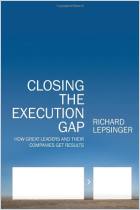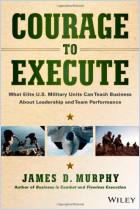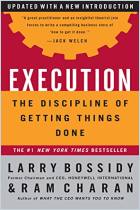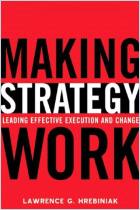Both business activity and military campaigns involve high-level strategy, action plans, the deployment of resources, tactical execution and opponents to be bested – either your competitors in business or your army’s enemy. The similarities resonate through all aspects of business and military operations, including the details of logistics, recruitment and staffing. Business strategy consultant and military historian Stephen Bungay considers these parallels in his intriguing work on strategic business execution. getAbstract highly recommends his insightful reinterpreting of 19th-century tactics into 21st-century solutions to CEOs and their planning and operations staffs.
Can You Execute?
Organizations often find it difficult to execute their strategies. In the complicated world of business, companies inadvertently take on the confusion surrounding them and operations can devolve into opaqueness. Facing density and incoherence, employees spend extra time in analysis and discursive meetings. Decision making suffers. Frustration mounts among employees, managers and top executives. Concerned executives begin to spell out what their staff members should do in numbing and counterproductive detail. Employees naturally resent such micromanagement. Trust erodes. As a result, no one is certain how to proceed. Most importantly, no one clearly can answer that most basic question: “What do you want me to do?”
The Taylor Model
Keeping people busy is never a problem. More problematic is getting people to execute the right activities, the ones that make an organization more efficient and profitable. The old-style “scientific management” approach Frederick Winslow Taylor first suggested in 1911 bears much of the blame. He proposed developing an ideal plan and providing detailed instructions directing employees to carry it out robotically. But...
Stephen Bungay, an independent consultant and a noted historian, wrote The Most Dangerous Enemy: A History of the Battle of Britain. He is a director at London’s Ashridge Strategic Management Centre.





















Comment on this summary or Start Discussion